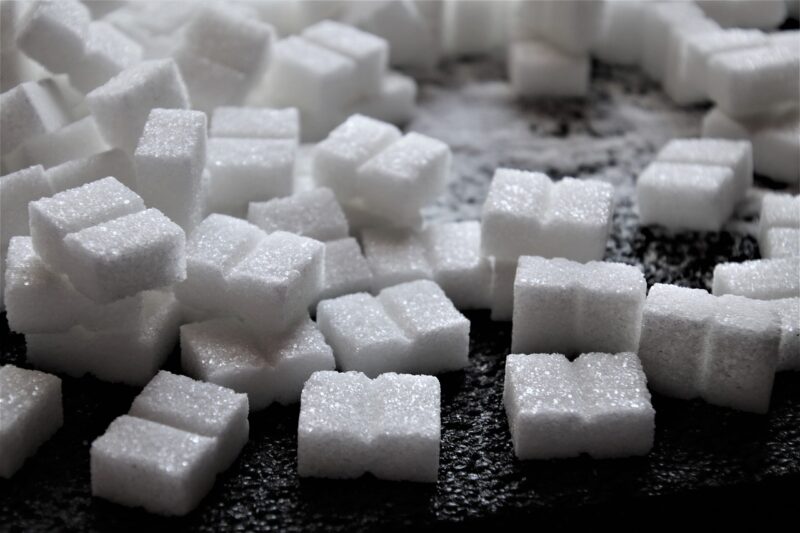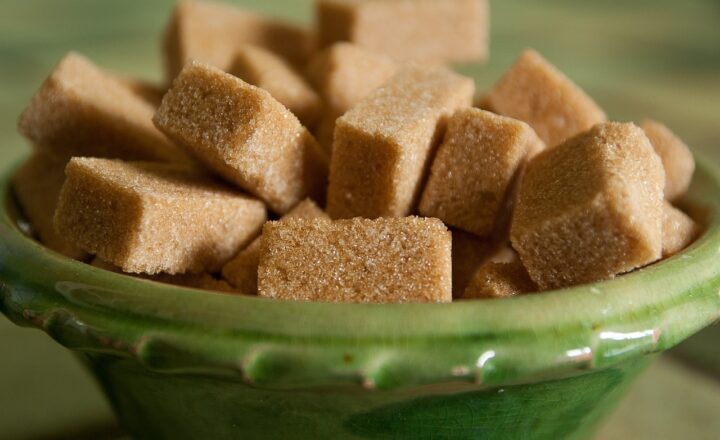
When it comes to sugars, consumers today are presented with a breadth of options, namely brown, raw, and white sugars. Each type of sugar boasts its own flavor profile and texture, leading to its varied applications in cooking and baking. But how do these sugars stack up against each other in terms of health benefits? In this article, we delve into the characteristics of each type of sugar, their health implications, and the best ways to use them in recipes.
1. Understanding Different Types of Sugar
Sugar, whether it’s natural or refined, consists primarily of sucrose. The distinctions among brown, raw, and white sugars stem from their processing methods and molasses content.
– White Sugar: This is the most commonly used sugar in homes and food manufacturing. It’s highly refined, stripping it of any nutrients and flavor. White sugar can be derived from either sugar cane or sugar beet.
– Brown Sugar: This type retains some of the molasses that gives it its rich color and moisture. Brown sugar is simply white sugar with added molasses, making it slightly denser in moisture and richer in flavor than its white counterpart.
– Raw Sugar: Often characterized by its larger, golden-brown crystals, raw sugar is less processed than white sugar. While it still undergoes some refinement, it retains more minerals and nutrients, giving it a faint caramel flavor.
As you can see, while these sugars differ in processing, they are all, at their core, simple carbohydrates that can have health impacts worth examining.
2. Health Implications of Each Sugar Type
While all sugars can lead to negative health effects when consumed in excess, there are some distinctions that can be made regarding nutritional content and overall health implications:
– White Sugar: Frequent consumption of white sugar can lead to issues such as weight gain, increased risk of type 2 diabetes, and heart disease. It provides empty calories with no nutrients. Clinical studies have suggested that excessive intake can also lead to insulin resistance.
– Brown Sugar: Although it contains trace minerals like calcium, potassium, iron, and magnesium, the amounts in brown sugar are negligible. Its primary appeal is its richer flavor and moisture, but it is still a form of sucrose and can contribute to the same health risks as white sugar when consumed in high quantities.
– Raw Sugar: Raw sugar contains more minerals compared to white and brown sugars, but the differences are minimal. It’s important to note that raw sugar still has similar health risks associated with high fructose consumption. Raw sugar is often not as sweet as white sugar, so some individuals may end up using more to achieve the same sweetness, which could lead to excess calorie intake.
In moderation, any form of sugar can fit into a healthy diet, but it’s crucial to monitor overall sugar intake to maintain health.
3. How to Use Each Sugar in Recipes
The choice of sugar can significantly affect the taste and texture of your dishes. Here are some ways to utilize each type in your cooking:
– White Sugar: Ideal for recipes where a pure sweetness is desired. It is perfect for baking cakes, cookies, and desserts. White sugar also dissolves easily, making it beneficial for drinks like iced tea or lemonade.
– Brown Sugar: Works exceptionally well in recipes that benefit from added moisture and a hint of caramel flavor, such as in cookies, sauces, and marinades. Brown sugar can create a deeper flavor profile in recipes like banana bread and barbecue sauces.
– Raw Sugar: Great as a topping for baked goods because of its crunchiness and richer flavor. It is also best used in recipes that call for a minimal amount of sweetness but still want the complex flavors, such as oatmeal or granola recipes. Raw sugar can also be suitable for fruit dips and smoothies.
When swapping sugars out in recipes, it’s worth noting:
– Roughly 1 cup of brown sugar can replace 1 cup of white sugar but should decrease liquid in the recipe due to its moisture content.
– Raw sugar can usually be used for most recipes needing white sugar, but adjustments may be necessary to account for its less sweet flavor profile.
4. Myths about Sugar
There are various myths associated with sugar types:
– Myth 1: Brown sugar is healthier than white sugar. While it contains some minerals, the amounts are negligible, and both types of sugar affect the body similarly.
– Myth 2: Raw sugar is a natural alternative that’s better for you. It may be less processed, but it still has the same health risks associated with high sugar consumption.
– Myth 3: All sugars are the same. While all sugars provide energy, the different processing levels and flavors can indeed affect choices in cooking and baking.
Understanding these myths can help consumers make better nutritional choices about their sugar intake.
5. Conclusion: Moderation and Awareness
It’s essential to remember that all sugars should be consumed in moderation, regardless of type. Understanding the differences can allow you to make informed choices, balancing flavor preferences in your recipes while being aware of their health implications. By considering your recipe requirements and health goals, you can choose the appropriate sugar for your needs, integrating it wisely into your diet.
Ultimately, awareness and moderation are key in enjoying these sweeteners while maintaining a balanced lifestyle.






